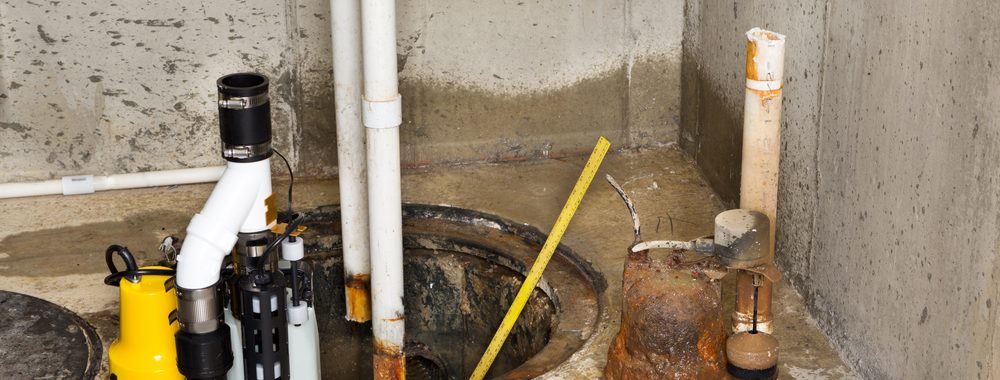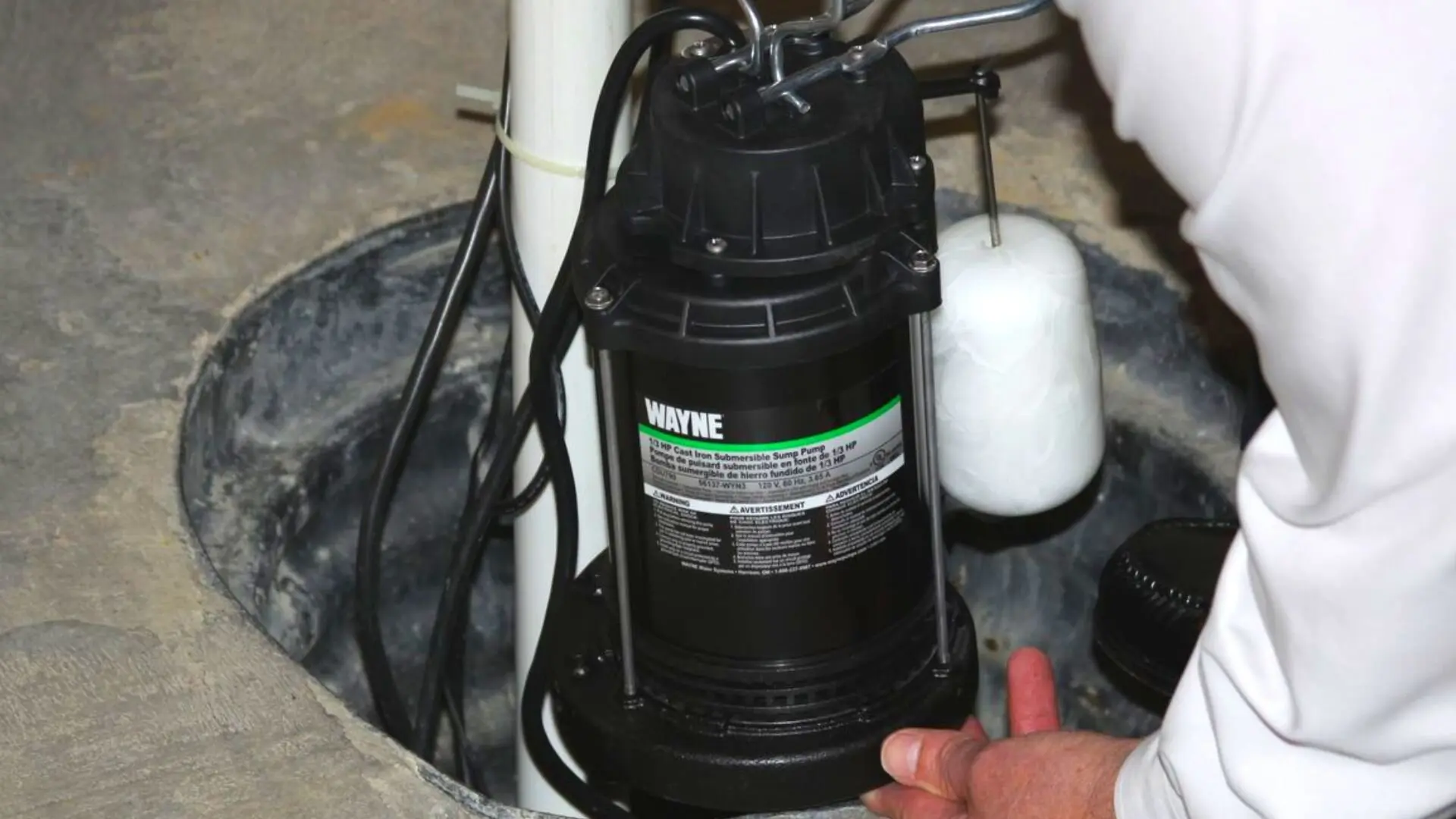An Comprehensive Guide to Taking Care of a Sump Pump
An Comprehensive Guide to Taking Care of a Sump Pump
Blog Article
We have come across the article pertaining to Cleaning & Maintenance Tips for Your Home's Sump Pump listed below on the internet and accepted it made perfect sense to relate it with you in this article.

Sump pumps are important elements in lots of homes, particularly in areas susceptible to flooding or excessive moisture. They aid prevent water damage by successfully eliminating excess water from basements or crawl spaces. Nevertheless, like any other appliance, sump pumps call for regular upkeep to guarantee they operate efficiently when required the most. Cleansing your sump pump is an essential part of its upkeep, and understanding how to do it effectively can save you from expensive repairs and possible disasters.
Introduction
Preserving a tidy sump pump is crucial for its appropriate performance and long life. Ignoring this important job can cause clogs, malfunctions, and eventually, water damage to your property. Therefore, discovering how to cleanse a sump pump is essential for homeowners who count on these devices to maintain their basements completely dry and protected.
Indicators of a Dirty Sump Pump
Recognizing when your sump pump needs cleansing is crucial for preventing potential malfunctions. Some usual indicators that indicate a filthy sump pump consist of weird sounds during operation, minimized water circulation, and noticeable debris in the pit. If you notice any one of these signs and symptoms, it's necessary to cleanse your sump pump immediately to prevent any type of more problems.
Preparing for Cleansing
Before you start cleansing your sump pump, it's necessary to take some safety precautions. Start by shutting off the power to the pump to stay clear of any kind of electric crashes. In addition, use ideal safety equipment, such as gloves and goggles, to protect on your own from dirt, debris, and possible virus.
Understanding the Sump Pump
Prior to diving into the cleaning procedure, it's important to have a basic understanding of how a sump pump works. Commonly mounted in a pit or basin listed below the basement floor, a sump pump consists of a number of vital components, consisting of a pump, a float switch, and a discharge pipeline. When water gathers in the pit, the float button turns on the pump, which then pumps the water out with the discharge pipeline, away from the building's foundation.
Detailed Overview to Cleaning a Sump Pump
Shutting Off the Power
Begin by disconnecting the power supply to the sump pump to stop any type of crashes while cleaning.
Looking For Correct Functioning
Before reinstalling the pump, execute a quick test to ensure that the float button turns on the pump appropriately. Pour some water right into the sump pit and observe the pump's operation. If whatever is operating correctly, you can rebuild the pump and reconnect the power supply.
Getting Rid Of Particles and Dirt
Use a pail or a scoop to get rid of any kind of noticeable debris, dust, or debris from the sump pit. Dispose of the debris appropriately to stop it from blocking the pump or the discharge pipe.
Cleansing the Pump and Float Switch Over
When the pit is clear of particles, very carefully eliminate the pump from the pit. Evaluate the pump and the float switch for any kind of signs of damage or wear. Use a soft brush or fabric to clean the surface areas and get rid of any type of accumulated gunk.
Purging the System
After cleansing the pump and float button, purge the sump pit with clean water to eliminate any kind of remaining dust or debris. This will aid make sure that the pump operates smoothly and efficiently.
Upkeep Tips to Keep Your Sump Pump Clean
In addition to routine cleaning, there are several maintenance tips you can comply with to keep your sump pump in optimum problem:
Final thought
Cleansing your sump pump is an essential element of its upkeep and makes certain that it runs effectively when you need it one of the most. By following the actions described in this guide and including normal upkeep into your routine, you can prolong the lifespan of your sump pump and safeguard your home from water damage.
6 STEPS ON HOW TO CLEAN A SUMP PUMP PROPERLY
UNDERSTANDING SUMP PUMPS
Your sump pump plays a crucial role in protecting your home by managing and removing excess water. It primarily functions as a “shield”, guarding your basement against the damaging effects of water accumulation. The pump is housed in a sump pit in the lowest part of your basement, and its job is to pump out any water that collects there.
During heavy rainfalls or when snow melts rapidly, water can infiltrate your basement, posing potential risks like flooding, structural damage, and harmful mold growth. Here, the sump pump springs into action, pumping out the intruding water and directing it away from your home.
SAFETY FIRST
Before cleaning, remember to prioritize safety. Disconnect the sump pump from the power source to prevent any accidental electric shocks. Also, wear sturdy gloves to protect your hands from any sharp or dirty components within the pump.
REMOVE THE SUMP PUMP
After ensuring your safety, the next step is to remove the sump pump from its pit. Doing this might require careful maneuvering as you don’t want to damage any pump components. Once removed, clean the sump pit to remove any accumulated debris or sludge.
INSPECT THE PUMP
Inspect the pump for any visible signs of wear or damage. Check the power cord, float switch, and impeller housing. If any components look worn out or damaged, consider replacing them to ensure optimal performance.
CLEAN THE PUMP
Thoroughly clean the pump with warm, soapy water. Make sure to rid it of any dirt, gravel, or other debris that might impede its performance. You can use a toothbrush to clean the small, hard-to-reach parts of the pump.
REINSTALL THE SUMP PUMP
Reinstall the pump into the sump pit Make sure it’s positioned correctly to remove the water effectively Once it’s back in place, reconnect it to the power source TEST THE PUMP
Finally, pour some water into the pit to ensure the pump works correctly. It should start automatically and begin pumping out the water; if it doesn’t, check the power source and the positioning of the pump.
Remember, while cleaning your sump pump is an essential part of home maintenance, hiring a professional plumber for a thorough inspection and cleaning at least once a year is also important. This will ensure that your pump is in optimal condition, ready to protect your home from potential water damage.
BEST PRACTICES FOR CLEANING SUMP PUMP DISCHARGE PIPES
Regular Inspection: Regularly inspect your discharge pipes, especially during heavy rainfall or snowmelt periods. Look for any signs of blockage or damage. Early detection of problems can prevent serious issues down the line. Periodic Cleaning: Over time, sediment and debris can accumulate in the discharge pipes, impeding the flow of water. Regular cleaning helps keep the pipes clear and functioning efficiently. You can use a high-pressure water jet to effectively clean the pipes. Insulation During Winter: In colder climates, discharge pipes can freeze, blocking the outflow of water. Protect your discharge pipes from freezing temperatures by insulating them with foam pipe insulation. This will ensure the sump pump can continue to discharge water even in freezing conditions. Proper Positioning: The discharge pipe should be positioned to direct water away from your home’s foundation. Improper positioning can lead to water seeping back into the basement. Ensure the pipe is long enough and angled correctly. Installation of a Check Valve: A check valve prevents water from flowing back into your sump pit after the pump has pushed it out. Installing a check valve helps maintain the efficiency of your sump pump and reduces the risk of flooding. Minimize Pipe Turns: Every curve or turn in the discharge pipe can decrease the efficiency of water flow. By minimizing turns and bends in your discharge pipe, you can increase the efficiency of your sump pump. https://www.fullspeedplumbing.com/how-to-clean-a-sump-pump-properly9999/

I was shown that editorial on How to Care for Your Sump Pump through an acquaintance on another domain. Kindly set aside a second to share this blog if you appreciated it. Thanks so much for taking the time to read it.
Additional Information Report this page